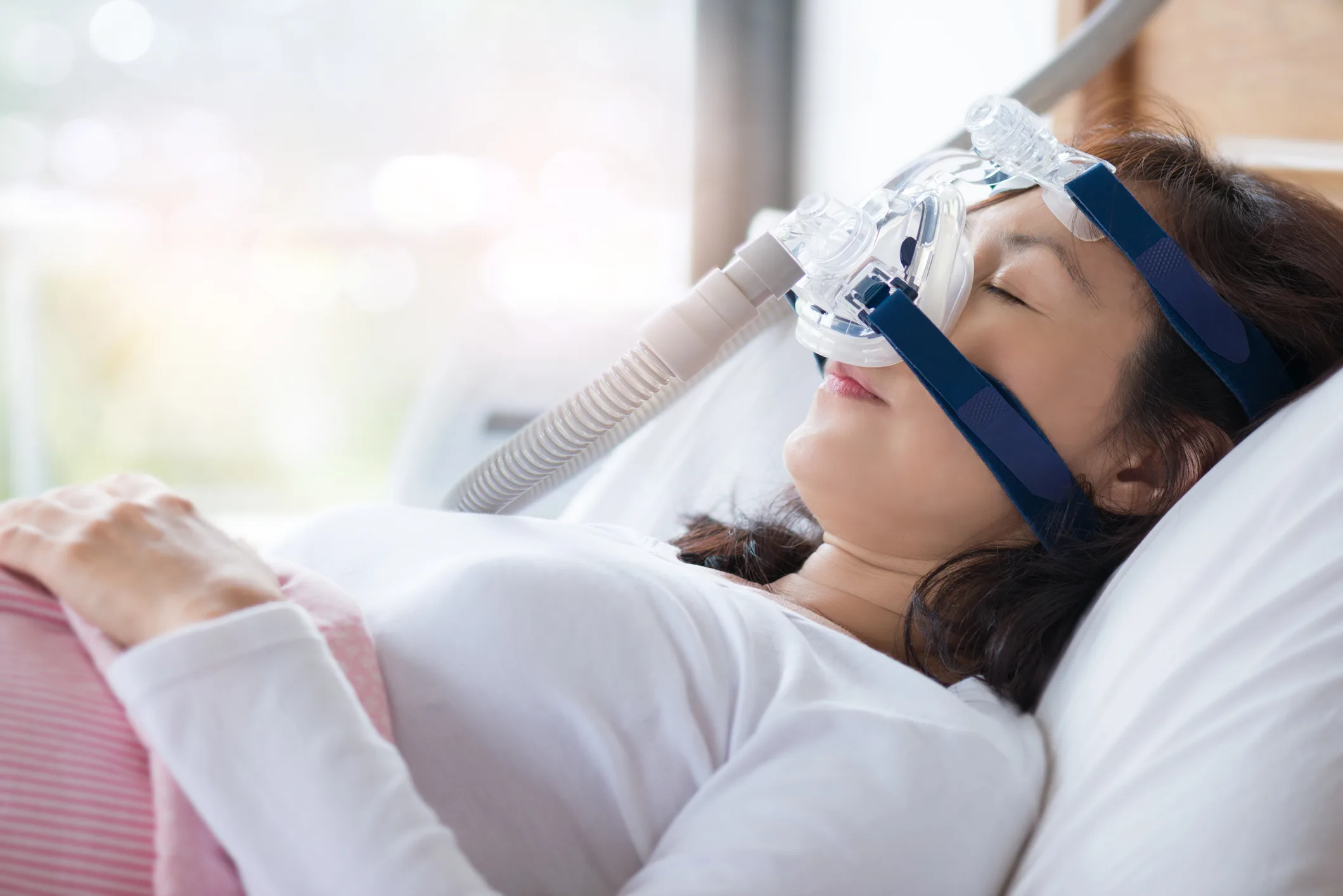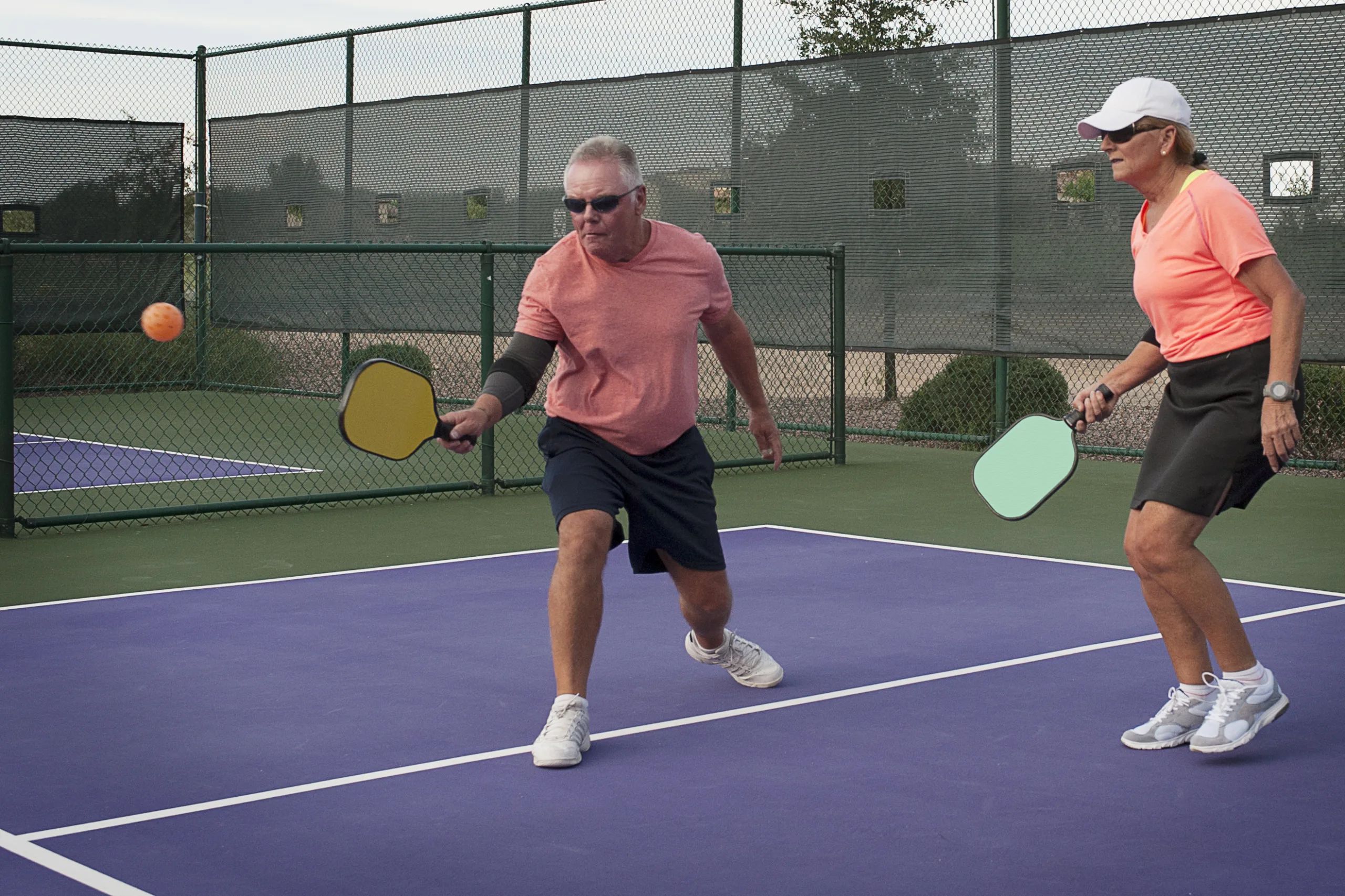A fascinating collaborative study, between researchers at the University of Oxford and Tufts University, has found two common viruses, HSV-1 (herpes) and VSV (shingles), may be working in tandem to trigger the earliest stages of Alzheimer’s disease. The findings build on a growing body of evidence implicating the herpes virus in neurodegenerative disease.
For over half a century the idea that viruses are a major cause of Alzheimer’s has been floating on the sidelines of neuroscience. In the 1980s a number of studies pointed to associations between the onset of Alzheimer’s disease and herpes simplex viral infections, but exactly how this very common virus could be influencing neurodegeneration was not clear.
A Breakthrough in Technology
But in a 2020 study from a Tufts University team, they finally demonstrated exactly how a herpes infection could induce several pathological features of Alzheimer’s.
The study used a new kind of 3D bioengineered brain model that populated a sponge-like structure with neural stem cells that could be coaxed into a variety of brain cells.
But a big question hovered over the findings. Considering more than two-thirds of the world’s population carry herpes simplex virus type I (HSV-1), there must be other factors that reactivate the dormant virus and trigger this cascade of events that lead to Alzheimer’s. Otherwise, we’d expect two-thirds of the world’s population to develop Alzheimer’s, no?
The missing ingredient? Shingles!
Well, a 2022 study looked to another common virus that has been associated with Alzheimer’s disease – varicella zoster virus (VZV). This virus causes chicken pox and, in later life, shingles. So, using the same 3D bioengineered brain model from the earlier study, the researchers looked at whether VZV infection influences brain cells already seeded with dormant herpesvirus.
What they discovered was pretty amazing
The researchers found that exposing brain cells harboring dormant HSV-1 to VZV led to a reactivation of the herpesvirus and a cascade of the toxic plaques known to be signs of Alzheimer’s. However, all of these Alzheimer’s signs did not appear when brain cells were exposed to VZV in the absence of herpesvirus.
“It’s a one-two punch of two viruses that are very common and usually harmless, but the lab studies suggest that if a new exposure to VZV wakes up dormant HSV-1, they could cause trouble,” said Dana Cairns, a researcher working on the project.
While the study does confidently propose this two-pronged viral mechanism can lead to Alzheimer’s disease, it does make clear this is likely only one pathway among many. And if reactivating dormant HSV-1 can trigger the progression of Alzheimer’s disease, there are probably a number of ways this can occur beyond an exposure to VZV.
“It’s still possible that other infections and other pathways of cause and effect could lead to Alzheimer’s disease, and risk factors such as head trauma, obesity, or alcohol consumption suggest they may intersect at the re-emergence of HSV in the brain,” added Cairns.
Takeaway
Two-thirds of us carry dormant HSV-1 (herpes simplex virus type I) cells in our brains. Don’t think you’re one of them? Have you ever had a cold sore or fever blister around your mouth? Then you’re likely in this population. And while HSV-1 has been linked to Alzheimer’s, no one could really explain how. Well, now we know that if you have HSV-1 and you develop shingles, you could awaken the dormant HSV-1 and trigger an Alzheimer’s onset. Need further proof? Our next article in the series shows how theory has turned into reality
Source:
Journal of Alzheimer’s Disease
One-two punch from pair of common viruses may trigger Alzheimer’s disease











